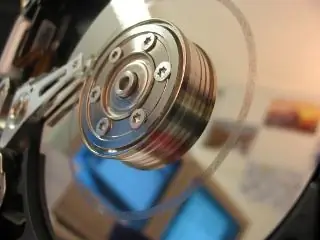The hard disk of a computer is often clogged with unnecessary and unknown files, the load of which must be disposed of. Searching for and deleting files one at a time is inconvenient, and the operating system can be damaged by accidentally deleting a system file. This article will show you how to clean up unnecessary files without damaging your computer.

Instructions
Step 1
The simplest solution is to install a specialized program to clean your hard drive from temporary and obsolete files. The popular CCleaner program can accomplish this task. There are also a number of similar, but less powerful software products: “Ragcleaner”, “nCleaner”, “BeClean”, and others. Especially worth noting is the "TuneUp Utilities" software package.
These programs allow you to delete duplicate files, temporary files, files that have not been used by the operating system for a long time, update distributions, empty files, files that do not have an executive shortcut. Also, such programs are able to clean the browser cache, browsing history of sites and their temporary files - pictures, flash videos, pages with text, etc.
Step 2
How else can you clean up unnecessary files? Try to work by hand. Go to "Start" - "Control Panel" - "Add or Remove Programs". Delete old programs that you have not been using for a long time, as well as add-ons to programs unknown to you. Go to "My Computer", right-click on the hard drive "C" and select "Properties", then click the "Disk Cleanup" button located next to the hard drive diagram. Check all the boxes and click "OK".
Step 3
Defragmentation also helps to clean up unnecessary files - the process of rebuilding hard disk clusters. It lasts quite a long time, up to 6-8 hours, so be prepared not to turn off your computer until the end of the process. To permanently delete temporary files, go to drive “C” and find the “Temp” folder to clear its contents. The same folder is in the “C: / Windows” directory, you can also clear it. Check these folders occasionally because after Windows updates, new files that are no longer needed by the system often appear there.






